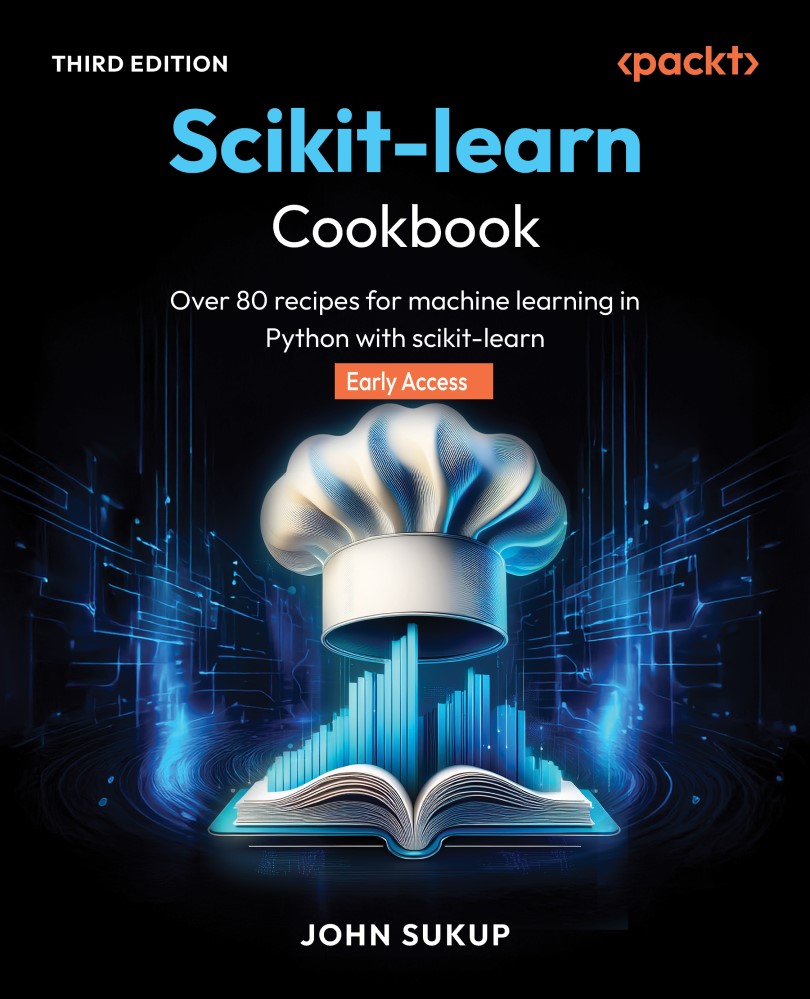Best Practices for API Usage
Once you get a feel for the underlying scikit-learn programming paradigm, you realize how powerful it is! When working with scikit-learn’s API, following best practices ensures that your code remains clear, modular, and maintainable. This includes leveraging reusable components like pipelines, adhering to the consistent fit(), predict(), and transform() methods, and making effective use of hyperparameter tuning tools like GridSearchCV(). Keeping models and data processing steps modular allows for easy debugging and scaling of your machine learning workflows.
Here are a few additional model development best practices and key takeaways as they relate to scikit-learn functionality to keep in mind as we move forward and explore some of the concepts in this chapter in further, more granular, detail:
- Uniform API: All estimators in scikit-learn follow the same basic pattern of
fit(),transform()(for transformers), andpredict()methods, making code more readable...


































































